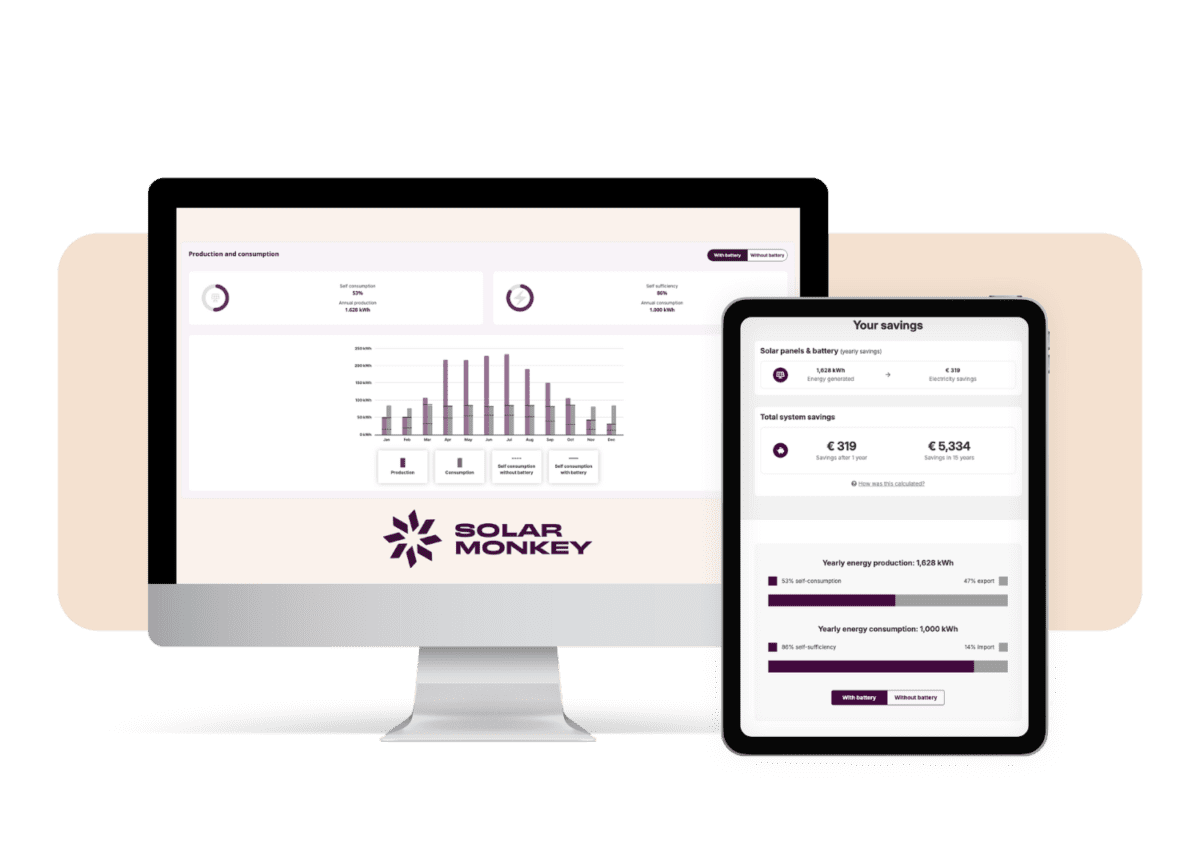With the arrival of summer, the temperature rises drastically. This is mainly due to the large number of hours of sunshine we have in the day. We tend to think that solar panels charge less when it’s cloudy, but is this true? The performance of photovoltaic panels depends on several factors.
Do solar panels charge when it is cloudy?
Yes, the panels continue to work when it is cloudy. Although the clouds appear to prevent, absorb, reflect or scatter the passage of light, the light continues to reach the photovoltaic panels. The performance on a cloudy day can even exceed fully sunny situations when the temperature exceeds 25ºC, where the performance is reduced by the increase in the temperature of the components.
Solar panels achieve maximum performance in moderate situations
As we have noted, the point of maximum performance of a solar panel is reached at temperatures between 20ºC and 25ºC. In addition, solar panels are designed to withstand temperatures from -40ºC to 85ºC. However, the increase in component temperature reduces energy production, resulting in a performance loss of up to 20%.
Why do solar modules lose performance?
The main reason why the performance of photovoltaic panels decrease is because the temperature of its components increase, especially the silicon. This material is the main component of the panels. The higher the purity of the silicon, the greater the efficiency of the panel, however, this is a semiconductor whose properties change with temperature.
As the temperature rises, the silicon heats up, and this causes a voltage drop that reduces the output generated by it. In addition, there are factors that we must take into account, namely:
Solar panel temperature coefficient:
This is determined by the manufacturer, which can be found in the technical data sheet of the module. These are values between -0.2%/Cº and -0.5%/Cº. It is preferable that this coefficient is as close to 0 as possible, which implies a smaller reduction in efficiency throughout the year with changes in temperature.
Ambient temperature:
As we mentioned before, the ideal situation is that it fluctuates between 25ºC and 30ºC.
System temperature:
It should be taken into account that the panels will be installed on roofs. This, if not properly cooled, will receive heat from both the roof and the panel itself. As a result, two heat sources influence the panels.
Recommendations for solar panels
For proper management of the installation and to prevent problems, we recommend:
- Install inverters and monitoring to prevent overheating of the installation.
- Use elements and components for the installation with light colors. This is because they reflect part of the rays that fall on them, and therefore heat up less.
- Leave a space between the panels and the roof, so that the panels ventilate better and do not absorb the heat directly.
- Dividers on the panel. These distribute the temperature over a certain point.
- The ideal solution is to use panels with cooling. There are systems that collect rainwater and when the temperature rises, this system distributes the accumulated water through the plates and cools them. They can increase efficiency by 20%.
In short, it must be taken into account when designing and installing a solar system. We see how the technology advances and achieves better efficiency per panel, as well as an improvement in high temperature tolerance. This all contributes to achieving a sustainable future.



